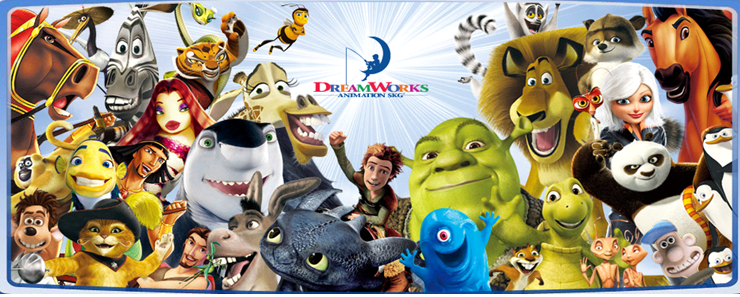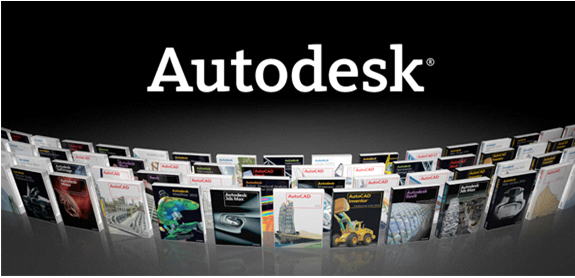Animation has a long and illustrious history of its own. Ancient Egyptian excavations reveal that the Egyptians did extensive wall decoration in 2000 B.C. The Greek’s paintings and drawings also reveal a fascinating sense of imagination. Leonardo Da Vinci has used some form of animation in his famous illustrations. The Japanese have used scrolls to tell stories from ancient times. The ideas behind animation are not a recent phenomenon, it has existed from centuries. With the increasing impact of technology, the face of animation has been revolutionized.

What is Animation?
Animation is a graphic representation of drawings to show movement within those drawings. A series of drawings are linked together and usually photographed by a camera. The drawings have been slightly changed between individualized frames so when they are played back in rapid succession (24 frames per second) they appear to be a seamless movement within the drawings.
Origin of Animation:
Pioneers of animation includes Winsor McCay of the United States, Emile Cohl and Georges Melies of France.Early animations, which started appearing before 1910, consisted of simple drawings photographed one at a time. It was extremely labor as hundreds of drawings per minute of film.
Development of Thaumatrope:
A Frenchman named Paul Roget invented something known as the thaumatrope, which was a disc with a string attached to both sides. One side of the disc had the drawing of a bird and the other side an empty cage. When the disc was twirled using the strings, the bird appeared as if it was inside the cage. Such early inventions were forerunners to the present day animation.
Development of Henakristoscope:
An instrument called the henakristoscope was invented by Joseph Plateau, which was a circular card with slits around the edge. The viewer had to hold the card up to a mirror and peer through the slits as the cards whirled. A series of drawings would be present around the circumference of the card. What the viewer would see was the optical illusion of a moving picture. Plateu introduced this to the US in 1826.
Development of Celluloid:
The development of celluloid around 1913 quickly made animation easier to manage. Instead of numerous drawings, the animator now could make a complex background or foreground and sandwich moving characters in between. This made it unnecessary to repeatedly draw the background as it remained static and only the characters moved. It also created an illusion of depth, especially if foreground elements were placed in the frames.

The Traditional Method of Celluloid is now obsolete due to new technologies. Notable examples include Pinocchio, The Lion King,s Beauty and the Beast, Iron Giant and Cats Don’t Dance. Tv Programs includes SpongeBob Squarepants, The Fairly odd Parents.
TIMELINE:



Animation in Late 90’s:
Decades later, the advent of computers and software literally changed the way animation was done. Now nothing is impossible as far as animation goes. Using current softwares, one can create mind boggling . Hollywood is full of pioneers. Walt Disney’s was the first animator; who innumerably animated characters and has become an American icon. Animations have become more realistic in the sense that one can virtually duplicate real life situations. A film like Star Wars relies heavily on computer animation for many of its special effects. In 1993, computer graphics was used for Jurassic Park for realistic living creatures.
Pixar Animation Studios:
The most famous company that created CGI animations is Pixar Animation Studios. Founded in 1985, they created the very first all-CGI movie in 1995, Toy Story (the first full length feature film animated entirely on computers) and they have made a dozen full movies to date. Pixar created an entire business out of the art of 3D animation.

Autodesk Software:
In 1982, Autodesk was founded in California by John Walker, with a focus on design software, with their flagship CAD package AutoCAD. In 1986, Autodesk’s first animation package was AutoFlix, for use with AutoCAD. Their first full 3-D animation software was 3D Studio for DOS in 1990.

Notable Computer Animation Studios:
- Pixar – Notable for Toy Story (1995) and Cars (2006)
- DreamWorks Animation – Notable for Shrek (2001) and Kung Fu Panda (2008)
- Disney – Notable for Beauty and the Beast (1991) and The Lion King (1994)
- ILM – Notable for work on Star Wars (1977) and The Avengers (2012)
- Digital Domain – Notable for work on Armageddon (1998) and Transformers: Dark of the Moon (2011)
Future of Animation:
Computer Animation is the ultimate tool of future. Its popularity is increasing in the area of entertainment, architecture, education, business, medical and Advertising. ts nature requires a lot of computer resources. It is a very good educational tool, and can be used for almost anything. It is the only way to see and understand things that cannot be seen otherwise. Visualization is the key to understanding and animation is going to be a huge part of it.










